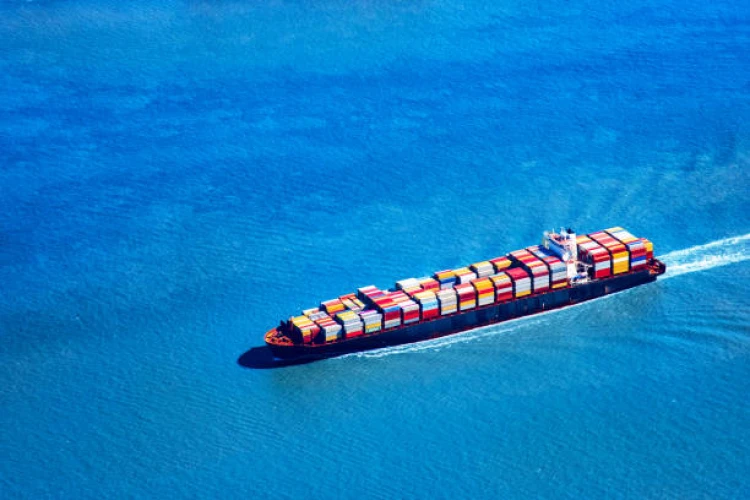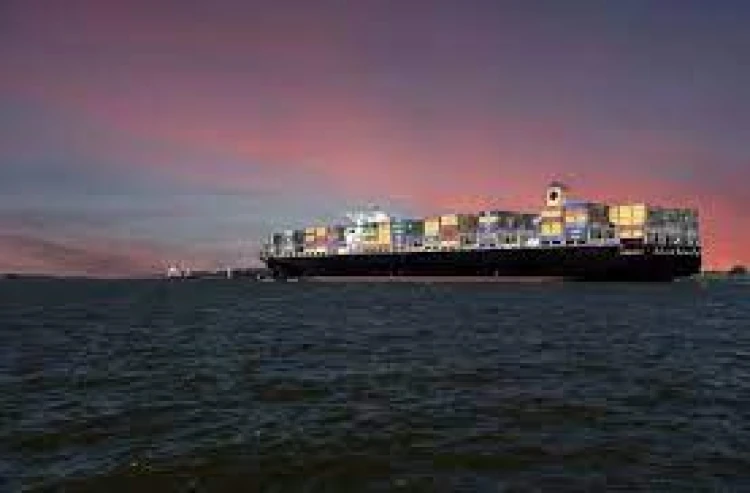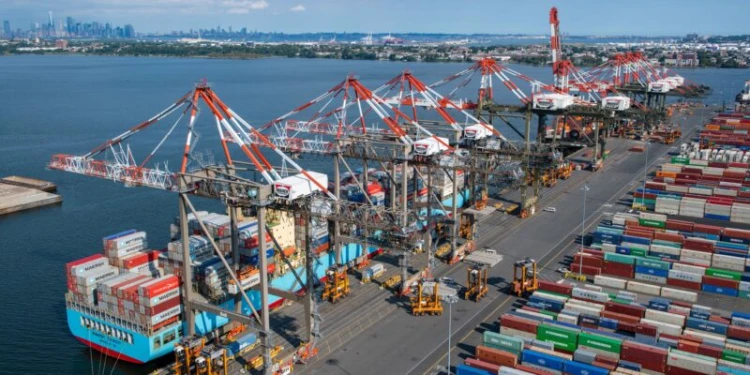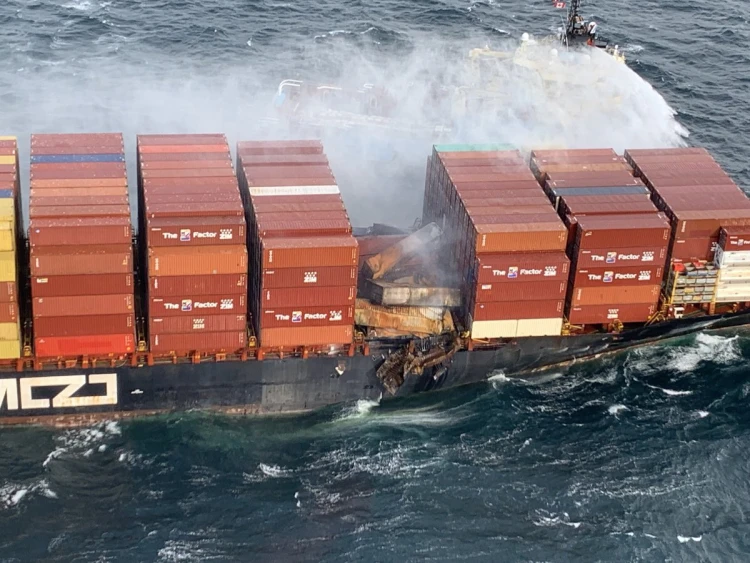How the coronavirus impacts container availability
Tuesday, 28 January 2020

Everyone is talking about the coronavirus in Wuhan, China. Thousands of people have been infected all over the world with the number of deaths from the virus now in triple figures.
Such major unpredicted world events often have a huge impact on shipping and container logistics. Downsides from decreased vessel demand far outweigh positives from fleet inefficiencies, particularly in cases when an epidemic epicentre is China.
For shipping lines, such events lower utilisation rates for shipping lines and higher costs on routes as most companies are concerned about the potential inability for Chinese employees to work at mills, refineries, factories and terminals due to the quarantine situation. The first sign of that is that the Chinese government already expanded the New Year holidays by three days.
Publishing the Container Availability Index, we’re now able to look at how the current situation impacts the supply and demand of containers in China. The index takes millions of data points from transactions on xChange as well as globally available tracking data into account to forecast the availability of equipment for most of the biggest port locations.
Looking at the world biggest port in Shanghai, China the Container Availability Index shows relatively high values for 40 HCs (0.58), 40DCs (0.46) and 20DCS (0.62). Every number above 0.5 indicates a surplus of equipment, meaning that containers are piling up in Shanghai right now and should be easy to get for container users. Looking back at the last two years, we can see container availability growing by 10% from 2019 and by 17.7% from 2018. However, the container availability forecast shows similar values for 40 HCs (0.55), 40DCs (0.17) and 20DCS (0.55) in Qingdao – indicating a small deficit of containers maybe because companies are still trying to get their cargo out of China from a port, further away from Wuhan.

06 January 2025
Hurricane Beryl trims cargo volumes in Houston and New Orleans

25 January 2025
Container freight rates tumble

08 February 2025

